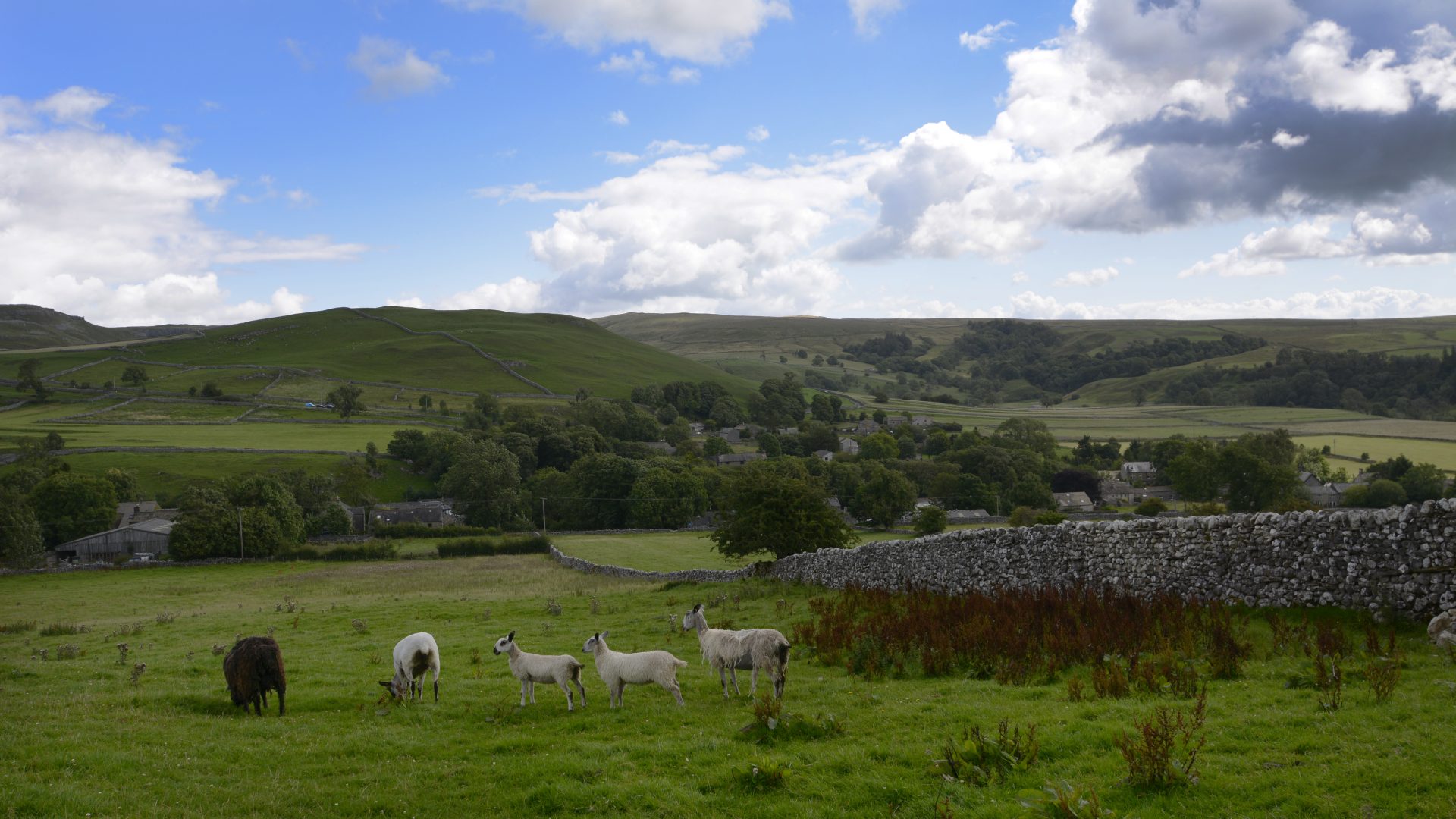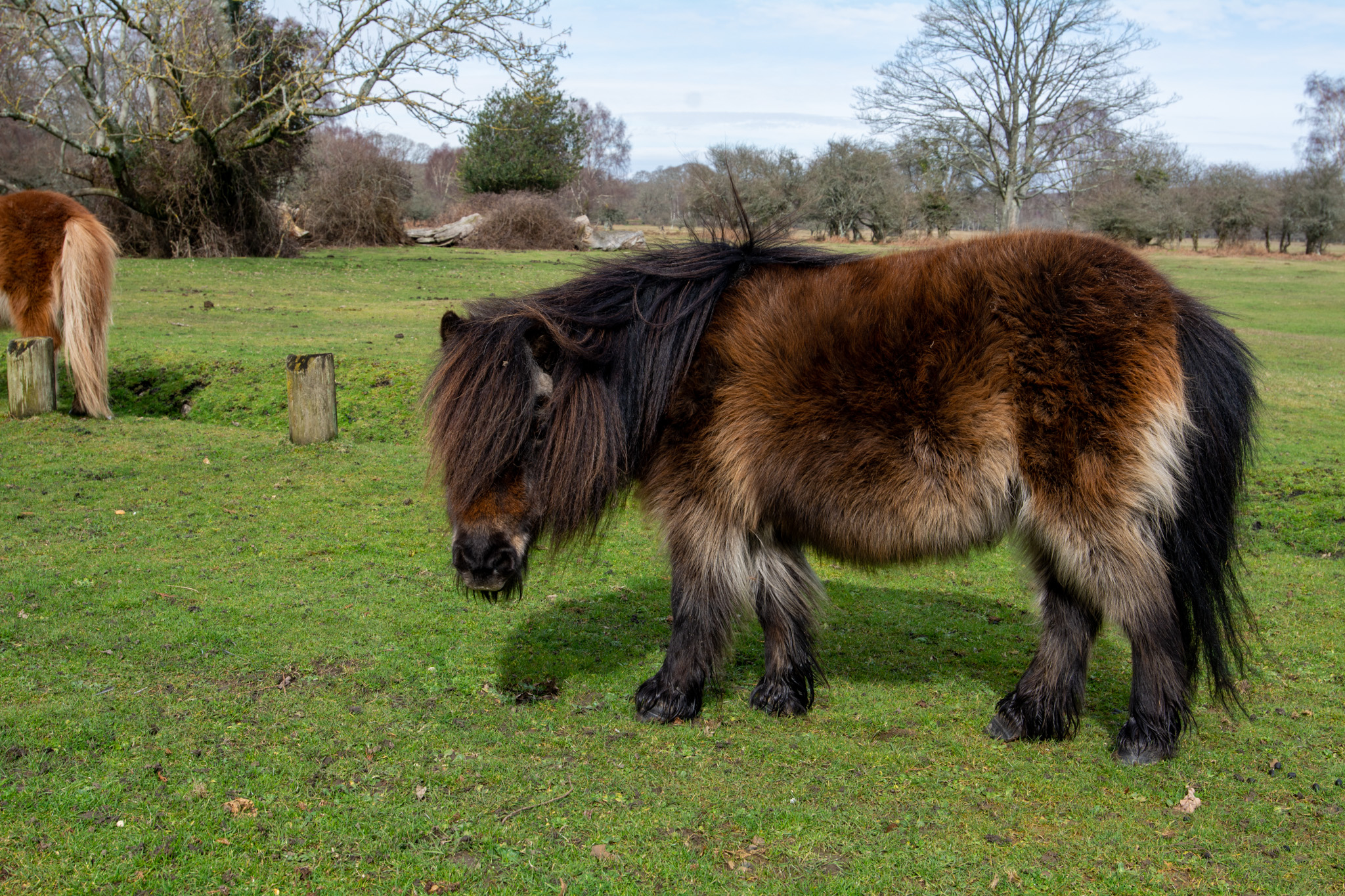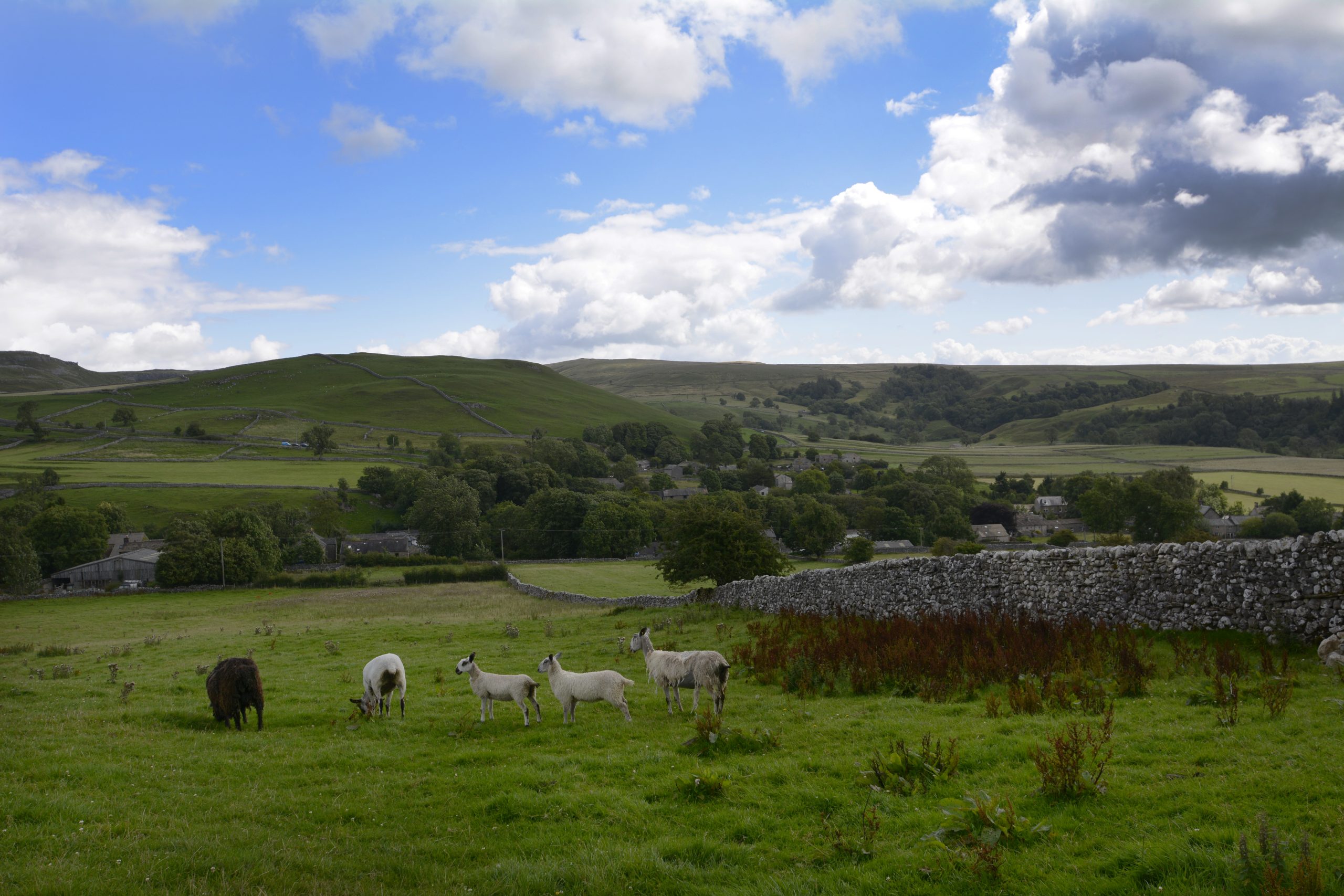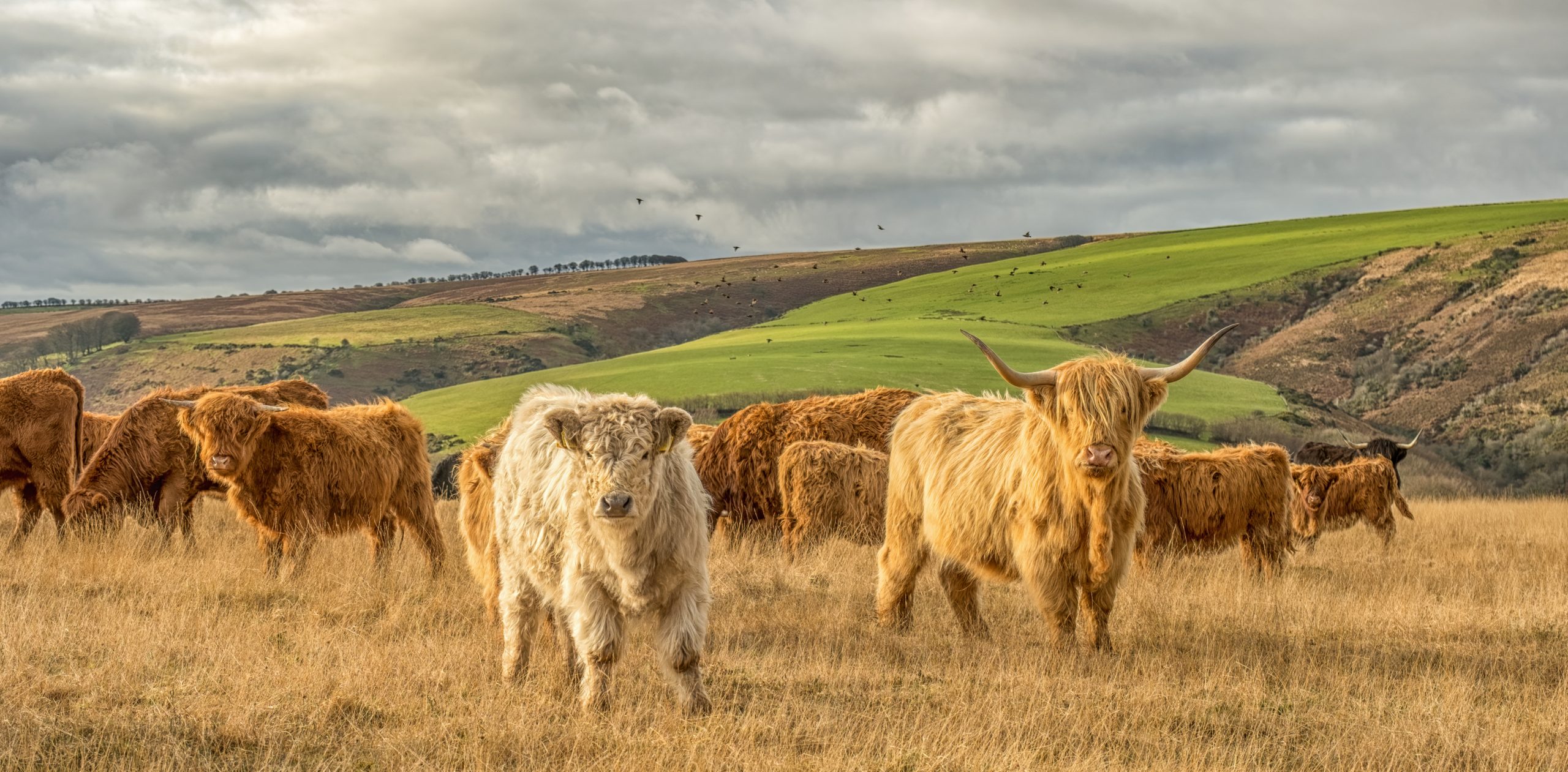Published: 29 March 2024
National Parks can often seem like unchanging landscapes. They are precious homes for wildlife and contain pockets of true wilderness. But as well as being shaped by giant geological and planetary forces, many Parks have been shaped by people’s activities and the lives, cultures and practices of those who live there are in turn shaped by the Parks. The balance between us as humans- people who live in, work in and visit the Parks- and nature is a fundamental feature of the landscape.
Motivated by improving the health of urban communities and giving more people access to the countryside as much as by the need to protect landscapes and precious habitats, the original campaign to create National Parks had people as well as wildlife at its heart.
Promoting opportunities for public understanding and enjoyment of Parks is now one of their purposes according to law. The Act that allowed Parks’ creation, which is celebrating its 75th anniversary this year and which CNP’s founding members campaigned for was also instrumental in giving the public greater access to the countryside whether a day trip away or on their doorstep.
But the ties between local communities and Parks go back much further than their designation. An example is the New Forest, which has been used for grazing livestock for centuries. The Forest was made a private reserve in 1077 by William I for the hunting of deer and game, which started a period of changes to the rights of people to use the land. Though strict rules around access were imposed, locals retained their rights to let their livestock roam freely on the ‘common land’ in the Forest which formalised commoning under law with an Act in 1877. This practice of commoning is still maintained today.
A key part of rural lifestyles, livestock are common across Parks, from commoners’ ponies and cattle in the New Forest to sheep on the uplands of the Lake District and the Peak District. Farming has shaped the landscapes of National Parks in many ways and much of their scenic appeal comes from its impacts on the landscape, such as iconic limestone dry stone walls that criss-cross the rolling hills of the Yorkshire Dales. Though often seen in conflict with biodiversity, agriculture is a key component of almost all National Parks and nature-friendly practices enable farmers to work with wildlife and the landscape.
From farms to paths, nature reserves, and gardens, and towns and cities, people shape Parks in other ways too.
It’s not just physical features that define the relationship between people and Parks, stories also have a role. In Bannau Brycheiniog (Brecon Beacons), caves, woodlands and areas of heath burst with folklore ranging from tales of King Arthur to well-known local legends. Stories too can be made from the collective experience of many visitors over time, demonstrated by the cultural significance of the recently lost Sycamore Gap tree in Northumberland National Park which had come to hold significant meaning to many.
Parks encompass distinct communities even across large areas. Eryri (Snowdonia) possesses a unique identity despite being one of the largest Parks, with the Welsh language and centuries of history shaping present-day culture and Exmoor is precious to locals and visitors alike thanks to its tranquillity and wildness, and the strong rural lifestyle born of its unique landscapes.
Looking ahead, human impact on all landscapes including National Parks is having a greater and greater effect on habitats and wildlife. Whilst many are still excluded from accessing Parks, huge visitor numbers threaten to damage their special qualities, young people are driven out of local areas and farmers struggle to maintain their businesses in a changing landscape. Preserving Parks’ cultures and traditions, opening them up for all to enjoy and putting farmers and growers at the heart of nature recovery will be the defining moments of the relationship between Parks and people in the future.




